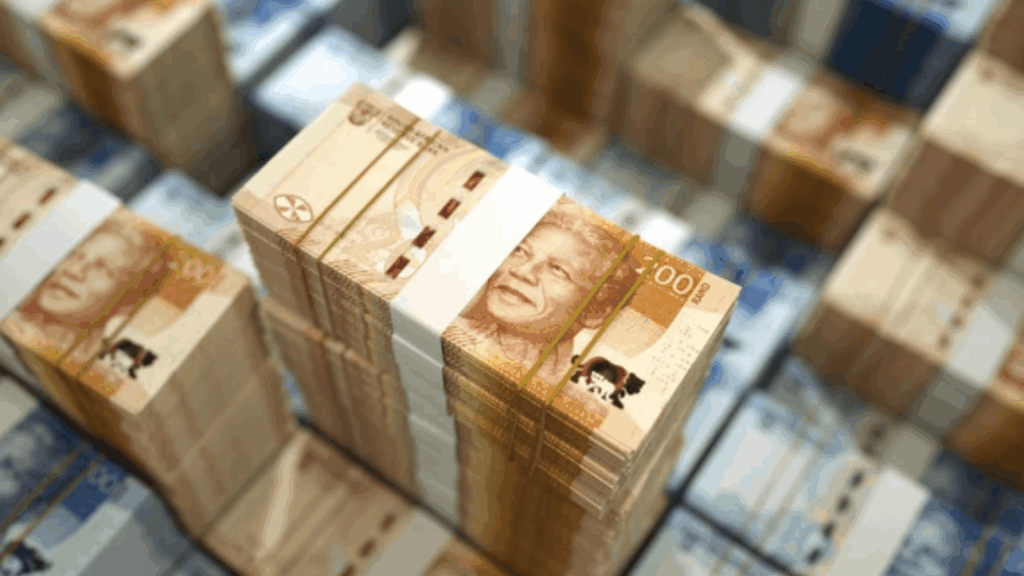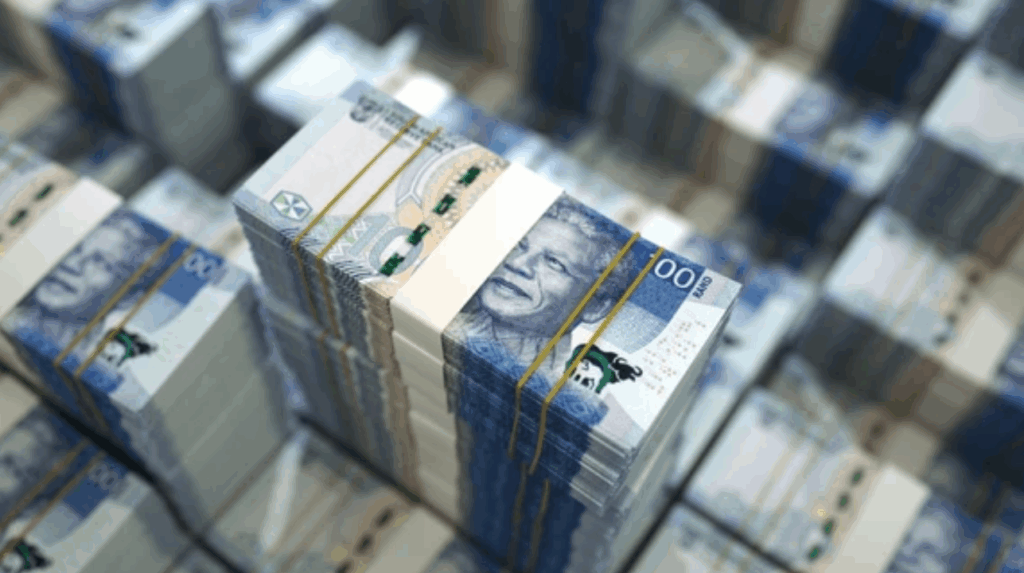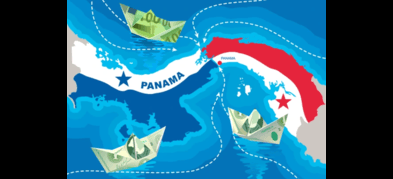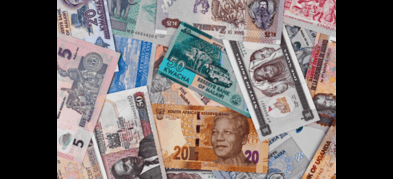List of Top 10 Strongest Currencies in Africa
Tunisian Dinar (TND)
- Exchange Rate: 1 USD ≈ 3.11 TND
- Africa’s strongest currency in 2025.
- The Central Bank of Tunisia maintains a semi-managed exchange rate regime.
- Strict regulations on currency conversion help preserve its nominal value.
Libyan Dinar (LYD)
- Exchange Rate: 1 USD ≈ 4.85 LYD
- Pegged to the IMF’s Special Drawing Rights (SDR), which includes a mix of USD, EUR, GBP, JPY, and CNY.
- Oil export revenues support Libya’s foreign reserves.
Moroccan Dirham (MAD)
- Exchange Rate: 1 USD ≈ 10.07 MAD
- Morocco uses a managed float system, with the Dirham partially pegged to a basket of the euro and dollar.
- A strong tourism sector and manufacturing exports bolster currency strength.
Ghanaian Cedi (GHS)
- Exchange Rate: 1 USD ≈ 14.8 GHS
- Although affected by inflation, fiscal reforms and IMF support helped stabilize the cedi.
- Gold and cocoa exports continue to support the current account.
Botswana Pula (BWP)
- Exchange Rate: 1 USD ≈ 13.6 BWP
- Pegged to a basket of currencies (including the ZAR and SDR).
- Backed by Botswana’s prudent fiscal policy and diamond exports.
Seychellois Rupee (SCR)
- Exchange Rate: 1 USD ≈ 13.78 SCR
- Strong tourism sector contributes to high foreign currency inflows.
- Central Bank actively manages exchange rates to stabilize value.
Eritrean Nakfa (ERN)
- Exchange Rate: 1 USD ≈ 15 ERN
- Pegged at a fixed rate to the US dollar.
- Exchange is tightly controlled by the government, contributing to nominal strength.
Namibian Dollar (NAD)
- Exchange Rate: 1 USD ≈ 18.5 NAD
- Pegged 1:1 to the South African Rand.
- Shares monetary policy with South Africa via the Common Monetary Area (CMA).
South African Rand (ZAR)
- Exchange Rate: 1 USD ≈ 18.5 ZAR
- One of the most traded African currencies globally.
- Performance is influenced by commodity exports, interest rates, and investor sentiment.
Lesotho Loti (LSL)
- Exchange Rate: 1 USD ≈ 18.5 LSL
- Pegged to the ZAR.
- Maintains relative stability through its link to South Africa’s economy.

What Are the Strongest Currencies in Africa?
The strongest currencies in Africa are ranked by how much of each is needed to equal one US dollar. The fewer units of local currency required to buy 1 USD, the stronger the currency is.
Here is the updated list of the Top 10 Strongest Currencies in Africa:
| Rank | Currency | Country | Exchange Rate (Approx as of 2025) |
| 1 | Tunisian Dinar (TND) | Tunisia | 1 USD ≈ 3.11 TND |
| 2 | Libyan Dinar (LYD) | Libya | 1 USD ≈ 4.85 LYD |
| 3 | Moroccan Dirham (MAD) | Morocco | 1 USD ≈ 10.07 MAD |
| 4 | Ghanaian Cedi (GHS) | Ghana | 1 USD ≈ 14.8 GHS |
| 5 | Botswana Pula (BWP) | Botswana | 1 USD ≈ 13.6 BWP |
| 6 | Seychellois Rupee (SCR) | Seychelles | 1 USD ≈ 13.78 SCR |
| 7 | Eritrean Nakfa (ERN) | Eritrea | 1 USD ≈ 15 ERN |
| 8 | Namibian Dollar (NAD) | Namibia | 1 USD ≈ 18.5 NAD |
| 9 | South African Rand (ZAR) | South Africa | 1 USD ≈ 18.5 ZAR |
| 10 | Lesotho Loti (LSL) | Lesotho | 1 USD ≈ 18.5 LSL |

What Makes a Currency Stronger?
From a financial market perspective, a strong currency reflects the underlying health and resilience of a country’s economy. The following are key factors that drive a currency’s strength:
- Stable inflation and monetary policy
- High demand for exports (goods and services)
- Foreign currency reserves
- Attractive interest rates for investors
- Political and economic stability
- Capital flow controls or currency pegs
What Drives African Currencies Strong?
The strength of African currencies is influenced by a combination of macroeconomic fundamentals, monetary policy, and external trade dynamics. Unlike reserve currencies like the US dollar or euro, most African currencies are impacted more by commodity exports, central bank interventions, and exchange rate regimes.
Here are the key drivers that make African currencies stronger:
Export Revenues
Strong currencies are often backed by consistent foreign exchange inflows. African countries that export high-demand commodities such as oil (Libya), phosphates (Morocco), gold and cocoa (Ghana), or diamonds (Botswana) tend to have better-performing currencies. Export income increases demand for the local currency, which supports its exchange rate.
Currency Pegs and Managed Exchange Rates
Many of the Top 10 Strongest Currencies in Africa are either pegged to a major currency (like the USD or a currency basket) or follow a managed float regime. For example:
- The Libyan Dinar (LYD) is pegged to the IMF’s Special Drawing Rights (SDR).
- The Tunisian Dinar (TND) and Moroccan Dirham (MAD) are managed by their central banks within tight bands. These systems limit volatility and artificially maintain strength even in volatile markets.
Monetary Policy and Inflation Control
Currencies lose strength when inflation is high. Strong African currencies are typically backed by central banks that manage inflation effectively. Countries like Botswana and Seychelles apply sound fiscal and monetary policies, which preserve purchasing power and support investor confidence.
Capital Controls
Some countries, like Tunisia and Eritrea, impose strict capital controls limiting the ability to exchange or move foreign currency freely. These measures can artificially keep the currency strong by reducing external demand for USD or EUR.
Tourism and Services
Countries like Seychelles and Morocco benefit from significant tourism revenue, which brings in foreign currency and supports the local unit. A steady flow of tourist dollars strengthens the balance of payments and helps maintain currency value.
IMF Support and Fiscal Reforms
Some nations, like Ghana and Egypt, have undergone IMF-supported reforms to stabilize their economies. When these reforms are successful, the local currency tends to recover or stabilize, especially if combined with structural export growth and reduced fiscal deficits.
African Currencies vs Global Strong Currencies
When compared to global currencies like the US Dollar (USD), Euro (EUR), and British Pound (GBP), African currencies are typically less traded and more vulnerable to external shocks. However, the Top 10 Strongest Currencies in Africa remain stable relative to other African peers due to:
- Sound macroeconomic policies
- Managed exchange rate systems
- Natural resource exports
- International monetary support
Unlike floating currencies in developed markets, many African currencies use pegs or crawling bands to manage fluctuations, which can artificially support nominal value.
Conclusion
The Top 10 Strongest Currencies in Africa reflect a mix of sound economic policy, strong exports, and managed currency regimes. While African currencies may not dominate global forex markets, several are remarkably resilient, especially when backed by commodity wealth, central bank discipline, or pegged exchange systems.
For traders and investors, understanding what drives African currencies stronger such as capital flow controls, monetary policy, and external trade balances is essential to identifying opportunities in emerging market FX pairs.
If you’re looking to analyze or trade African currencies with confidence, Ultima Markets offers institutional-grade tools, real-time economic data, and professional charting platforms to help you stay ahead of the market. Whether you’re tracking the Tunisian Dinar, South African Rand, or Ghanaian Cedi, Ultima Markets provides the insight and execution you need in today’s fast-moving currency landscape.
Disclaimer: This content is provided for informational purposes only and does not constitute, and should not be construed as, financial, investment, or other professional advice. No statement or opinion contained here in should be considered a recommendation by Ultima Markets or the author regarding any specific investment product, strategy, or transaction. Readers are advised not to rely solely on this material when making investment decisions and should seek independent advice where appropriate.
























